
News Flash
ecause the buttercup is so closely intertwined With children, the symbolic meaning understandably Synonymous with this theme. Although there are Variations, quite often the flower is said to represent Joy, youth, purity, happiness and friendship. Buttercups usually bloom from April to May. Buttercups can be easily recognized by their shiny Petals.
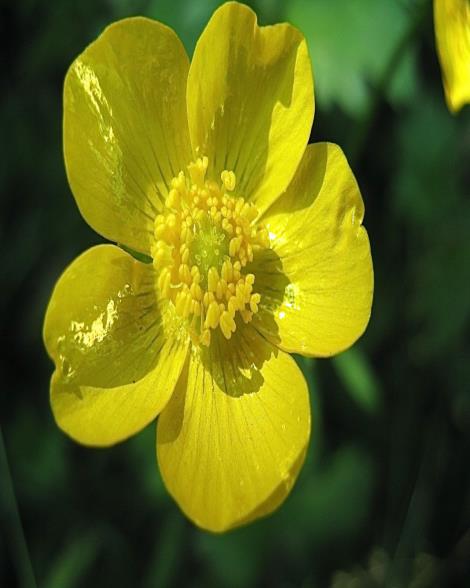
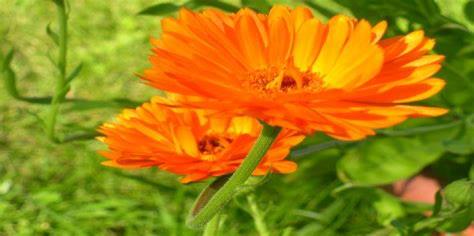
The genus name Calendula is a modern Latin diminutive of calendae, meaning “little calendar” or “little clock”. The calendula is the flower for those with a birthday in the month of October. The colors of the calendula flower are yellow or orange, which represents the path of the sun throughout an autumn day.
With their golden flowers in the early spring, dandelions represent the return of life, the rebirth of growth and green after a harsh winter, and a display of abundant strength and power. Its yellow petals represent the sun shining on all the good deeds in your life. The black seeds of the plant are said to carry wishes for prosperity and new beginnings with them as the fly away into the sky.
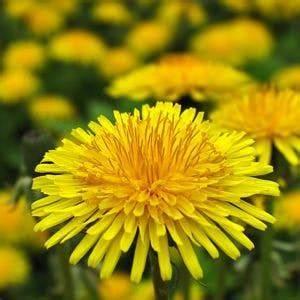

In the language of flowers, the bluebell is a symbol of Humility, constancy, gratitude and everlasting love. It is said that if you turn a bluebell flower inside-out Without tearing it, you will win the one you love, and If you wear a wreath of bluebells you will only be Able to speak the truth.
The gardenia is flower that symbolizes purity and gentleness. However, this symbolism often depends on the color of the gardenia. For example, the white gardenia best fits this meaning. Another symbol of the gardenia is joy between two people. It can also convey the message of dreams, intuition, self-reflection and protection.
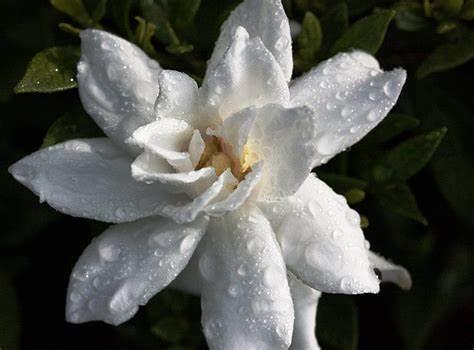
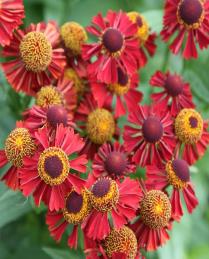
Helenium means tenderness and tears. The plant is commonly known as “sneezeweed”. The dried flowers and leaves of Helenium have been used as a snuff to induce sneezing to clear head colds or headaches, and to scare away evil spirits and demons. According to Greek mythology, Helen of Troy the daughter of Greek God Zeus and Spartan queen Leda. There is a myth that her tears produced a similar plant on the island of Pharos.